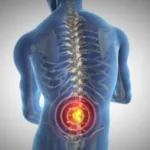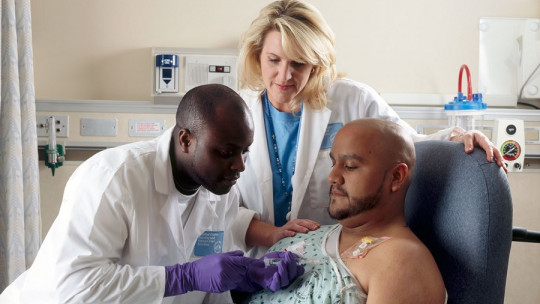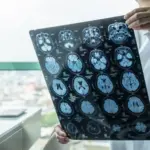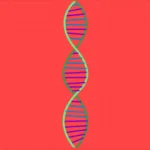
Cancer is one of the serious pathologies that afflicts the most people in the world. Its prognosis is highly variable and depends on genetic, health, social and contextual factors of various types.
Like most diseases, its origin is of a complex multi-causal nature and is largely subject to the aforementioned elements.
There is a long tradition of research regarding the psychosomatic elements that influence the appearance, characteristics and course of this pathology. In no case can they be considered unique causes, but they are part of a complex group of causes and an important risk factor.
Let’s look at some of the main psychosomatic characteristics that are observed in many patients of this type and the characteristics that usually go through different situations. These have been grouped under the name type C pattern and have been studied mainly from a psychodynamic approach.
The Type C Personality Pattern
As a broader element, it can be mentioned that people who belong to the Type C Personality pattern are characterized by their extreme passivity. These are generally complacent people who prefer to avoid conflict. In an everyday social dynamic, they can be seen as very calm or kind people. For this reason, it is not strange that in many cases there are mood problems hidden under the same characteristics.
As a second important characteristic, mention is made of marked characteristics of helplessness and hopelessness. These two elements have been related, as part of multi-causal explanations, to the emergence of melanomas. Helplessness reactions to stress have an important predictive value in this disease.
On the other hand, in this pattern the element of low negative affect and closely related to it, emotional inexpressiveness, is also of particular relevance. Patients with this pattern present a marked inhibition at the level of their painful emotions, as opposed to an ease and fluidity in the expression of positive emotions, such as affection, solidarity, love, joy, etc.
Finally, it is common for there to be some loss of significant people. This can be at the level of a specific loss (mainly of one of the parents) or the absence of a good relationship with them and in most cases, it occurs during early childhood.
Cancer emergence according to the Temoshok model
Having already observed the general characteristics of pattern C, it is of interest to review a model that explains the psychological and psychosomatic aspects involved in the emergence of cancer.
According to Temoshok, the way people respond to stressful situations or events is of particular relevance. For the above, he states that there are three main factors that are relevant in the genesis of cancer, although they do not all influence at the same time. These are the type C coping style, emotional expression, and helplessness/hopelessness, three characteristics outlined above.
First of all, it is necessary to focus on the type C coping model. As a combination of variables, people who operate from this type of coping are characterized by the suppression of emotions. From the author’s point of view, this creates the ideal conditions for a disease like cancer to develop. She believes that illness partly emerges from the denial of one’s own needs and affections.
The above is related to the second and third factors mentioned by Temoshok: emotional expression and helplessness/hopelessness. It had already been previously defined that both elements belong to the Type C Personality Pattern. As this is a difficulty typical of these patients, they appeal to the defense mechanism of rationalization to give understanding to what happens to them, without being able to deeply consider the world. of their emotions and emotional needs.
Once all of the above has been explained, three possible responses appear that a person can have in situations of stress and accumulated pain that they have not been able to face and take charge of, as they find themselves within the aforementioned pattern. The first and perhaps the most desirable is that a change occurs in the person, being able to develop healthy defense mechanisms that allow them to face and resolve the aforementioned conflicts.
The second possibility is that the type C pattern is partially fractured and the aforementioned state of hopelessness emerges, which was previously present but hidden. This is a good opportunity for the subject to attend therapy and there is the possibility of establishing a more harmonious relationship between the psychological and the biological.
The third possibility, which would largely explain the appearance of cancer, is that the individual maintains this way of processing his emotions and behaving, generating a great risk of the disease arising. As has been seen, The psychological factors involved in relation to this disease are varied and of utmost importance in the emergence and course of the disease. It is worth emphasizing that in no case can they be understood as sole and main causes, but rather as part of a multi-causal and extremely complex phenomenon.








